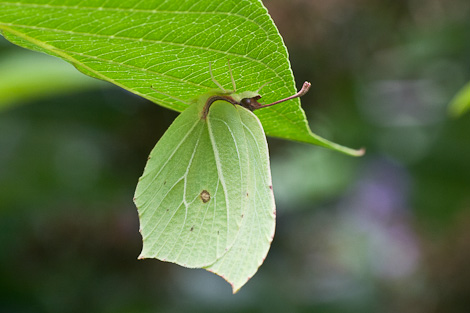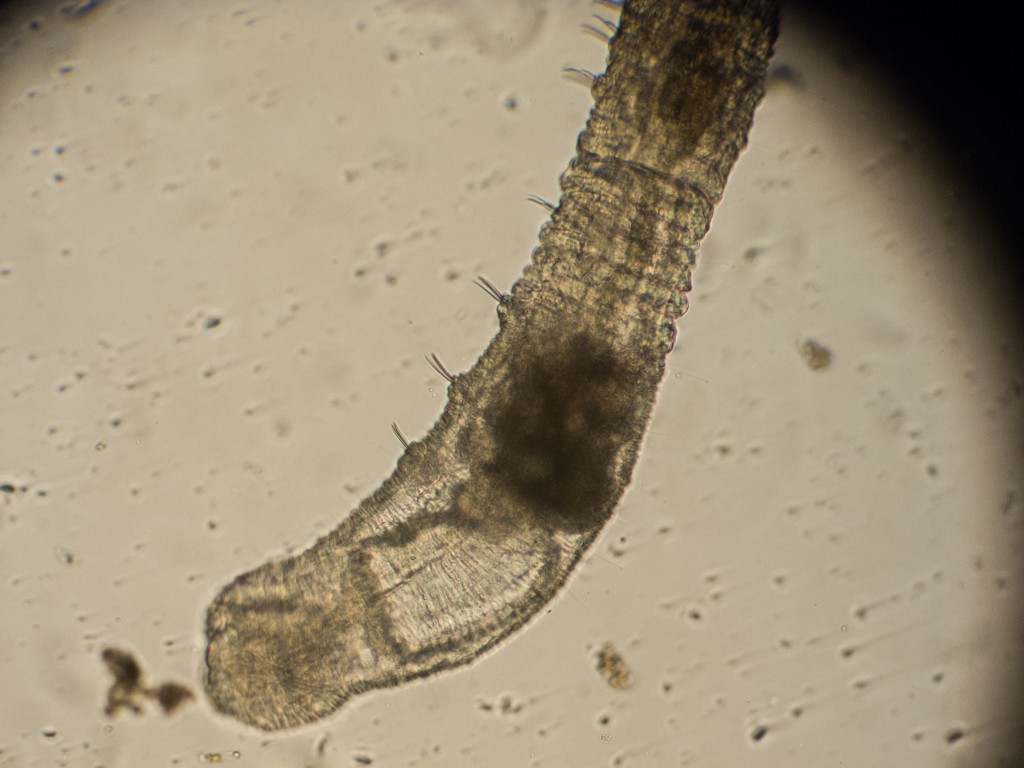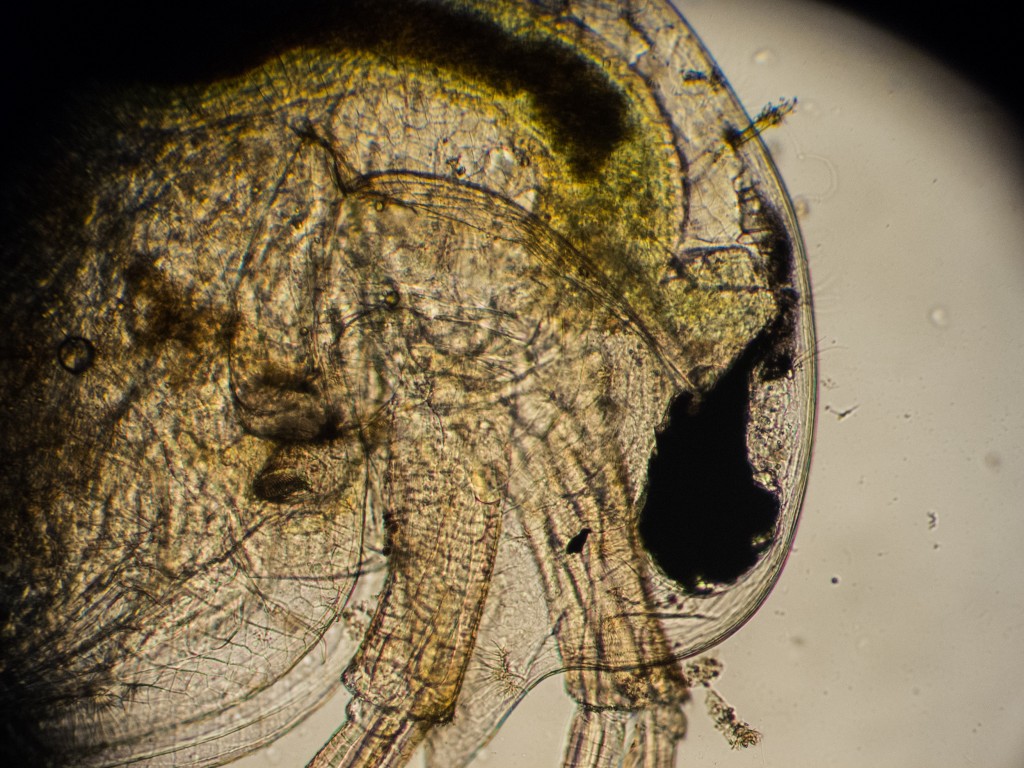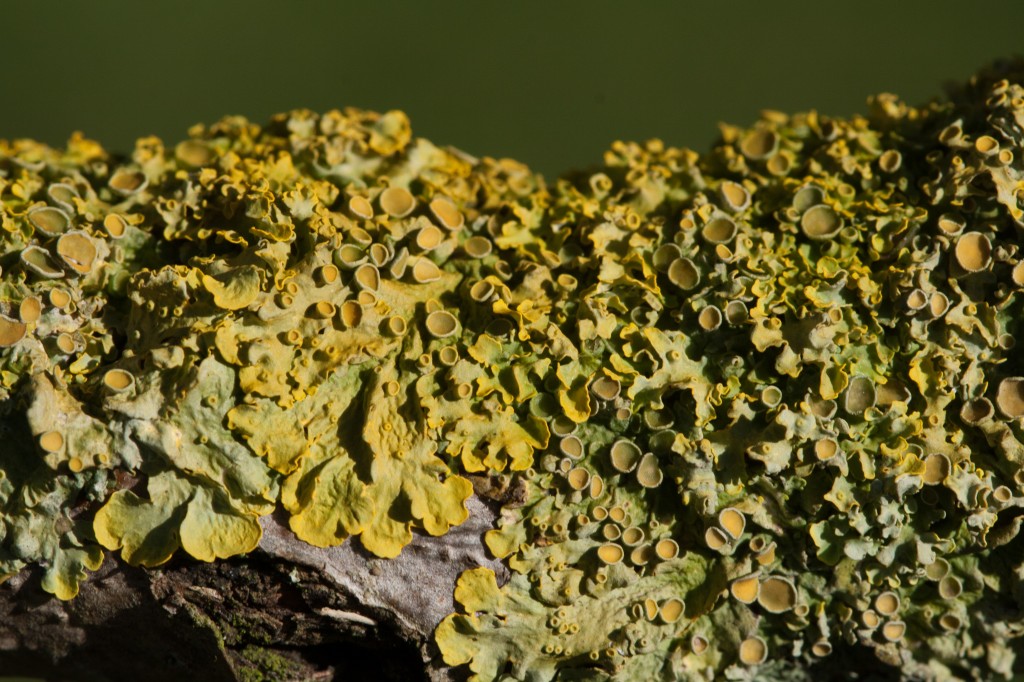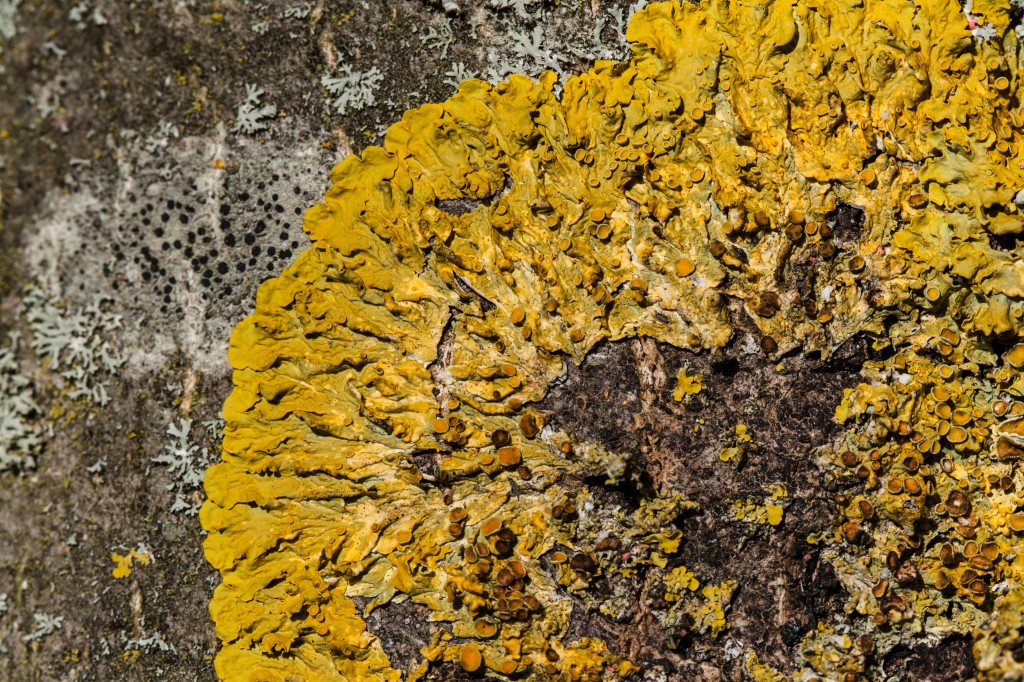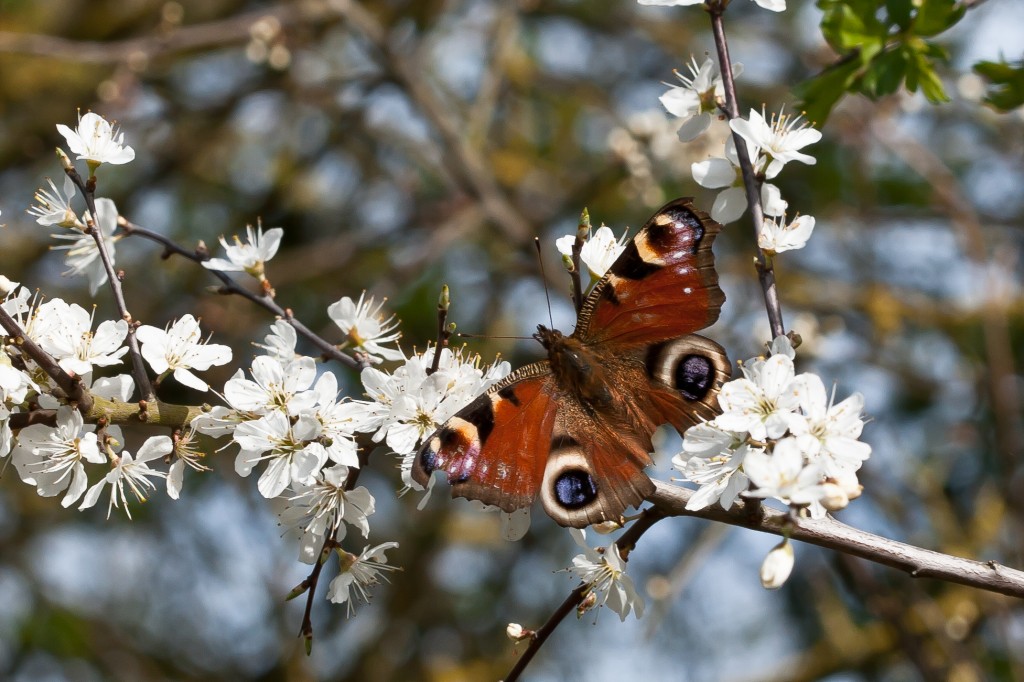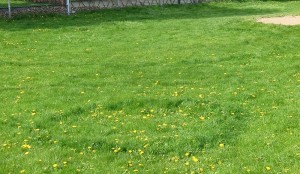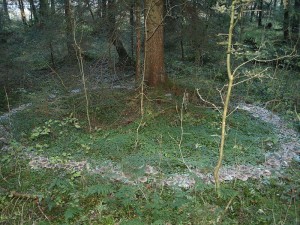OK, so this may not sound that interesting unless you are an environmental scientist, but hear me out – although I am going to save the best bit to last to keep you reading.
Silver is ubiquitous these days. Although its antimicrobial properties have been harnessed for medicinal purposes for centuries, it has more recently been found in socks, shower heads and various medical consumables such as swabs. Although, a recent study of silver containing textiles in Denmark found that a lot of the articles claiming to contain silver had no trace when tested in the lab (see Chemistry World July 2012) but I digress.
A lot of the ‘new’ silver products contain nano (aka very, very small) particles of silver and this is where the controversy has arisen. There has been concern raised about the effect of nano particles on the environment and human health. By their very nature of being incredibly small they can get to places that larger particles can’t reach and there is the potential that they may have different surface and chemical properties. Studies have shown that, depending on the method used to incorporate the silver into the textile or article, there is a high chance of the nano silver being released into the environment, especially if for example it is put through a washing machine.
The problem with silver escaping into the environment is that the property that makes it so useful – the toxicity of silver ions released from an item – is the very thing that makes it an issue – it is toxic to all organisms depending on the concentration.
There is a worry that the nano silver would get into the water course and pollute and kill everything in its path (OK, that’s an exaggeration but you get the idea). Not to mention that the sludge from sewage works is often spread on fields. However, there is a chance that this fear is unfounded. Firstly, it appears that the toxicity of the nano silver is due to the fact that, just like other forms of silver used in medicine since whenever, it is the fact that it is Silver and releases silver ions that causes the toxicity. The tiny-ness of the particles doesn’t make a difference to the toxicity.
Secondly, it is the free silver ions that are the problem. In the water course the silver tends to combine with sludge and forms silver sulphides – these are not soluble, so less of an issue.
Finally, when solid silver objects, such as silver spoons, are examined it appears that they release nano silver – so this is probably not as new an issue as previously thought.
However, I do have a cooler bit of knowledge that I learned today to share. In order to test for soil pollution worms are used. A clew (for that is the collective noun for a ball of worms) is put into a test chamber. On the one side there is lovely unpolluted soil, on the other there is the potentially polluted soil. Worms are so good at sensing when soil is bad that and should be avoided that they have their own ISO standard for determining the chemical quality of soil.
 So, what is the worms’ verdict. When they are faced with soil contaminated with silver nitrate they won’t go near it and detect the silver straight away. Put them in front of some soil with nano silver and they take their time deciding that it isn’t a good place to be and that it’s time to run away. See, it was a fact worth waiting for.
So, what is the worms’ verdict. When they are faced with soil contaminated with silver nitrate they won’t go near it and detect the silver straight away. Put them in front of some soil with nano silver and they take their time deciding that it isn’t a good place to be and that it’s time to run away. See, it was a fact worth waiting for.
Whilst the jury may still be out gathering evidence as to the environmental and health impacts of nano particles, the verdict of the worms is definitely in.
